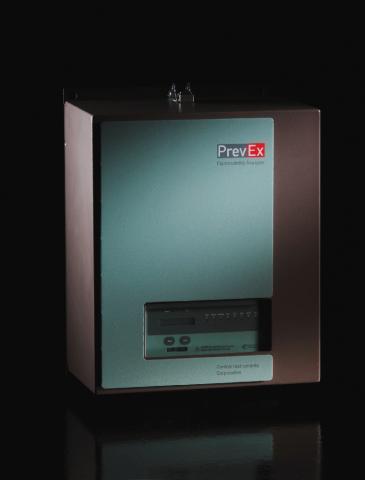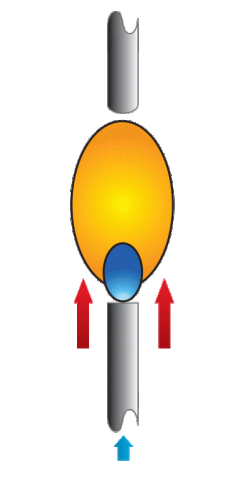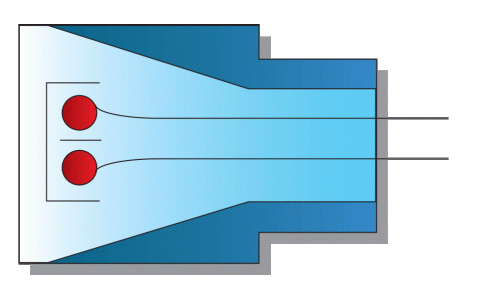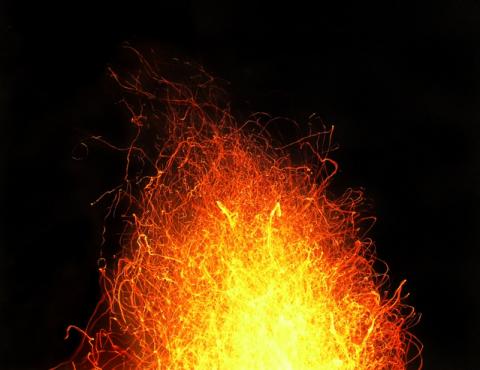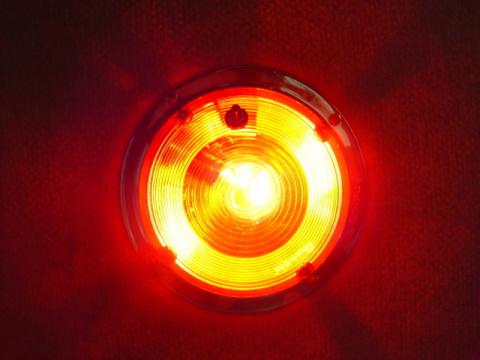Is Your Old Oven Obsolete? Safety and Performance Improvements for Baking and Drying Applications
Baking and drying ovens have been workhorses in the food, textile, and paper industries for many decades – and many oven users have clung to decades-old equipment because profit margins can be low in their industry. Although many of these older ovens still function with roughly the same level of consistency, certain newer technologies can result in reduced operating costs and lower risks to production and personnel due to fewer shutdowns.


